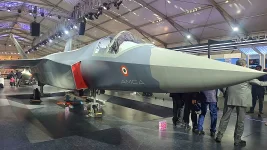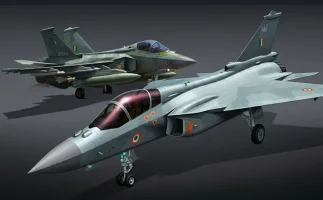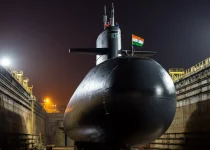- Views: 2K
- Replies: 34

India's ambitious Advanced Medium Combat Aircraft (AMCA) program is poised for a significant leap forward, with the formation of a public-private sector consortium taking center stage. This innovative approach, a first for India, involves the establishment of a special purpose vehicle (SPV) to oversee the manufacturing of the AMCA jet.
Three private companies have responded to the Ministry of Defence's Expression of Interest (EoI), indicating their keenness to participate in this groundbreaking venture. The SPV, with a majority stake held by the private sector, will be responsible for the assembly and maintenance of the AMCA jet, which is projected to enter production around 2032-2033.
This public-private partnership model is expected to harness the strengths of both sectors. The private sector's expertise is anticipated to streamline production processes and enhance efficiency, while government involvement ensures strategic oversight and adherence to national security considerations.
The names of the companies joining the SPV are expected to be announced within the next six months.
This collaborative effort represents a pivotal moment for India's defence production landscape, potentially paving the way for increased private sector participation in future projects, fostering innovation, and accelerating India's journey towards self-reliance in defence technology.
As the AMCA program progresses, the world will be watching closely to see how this innovative model unfolds and its impact on India's defense capabilities.




